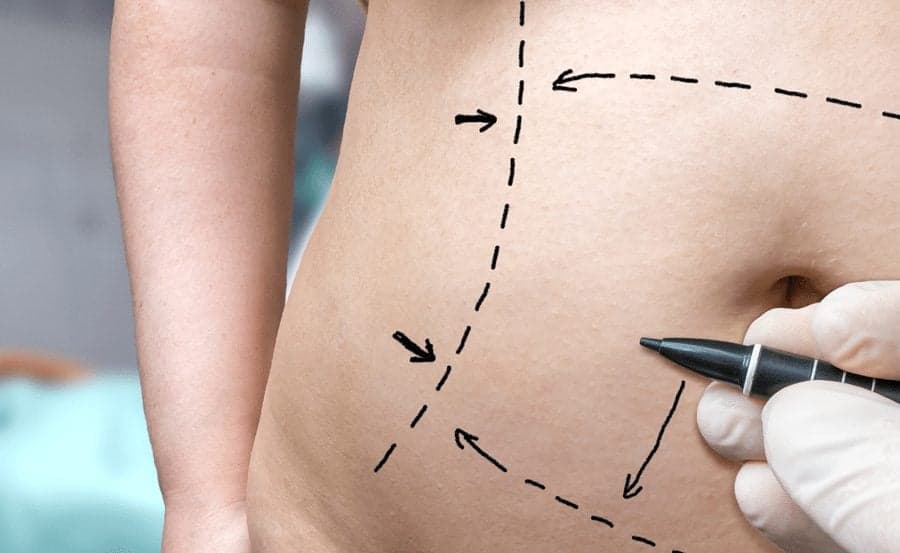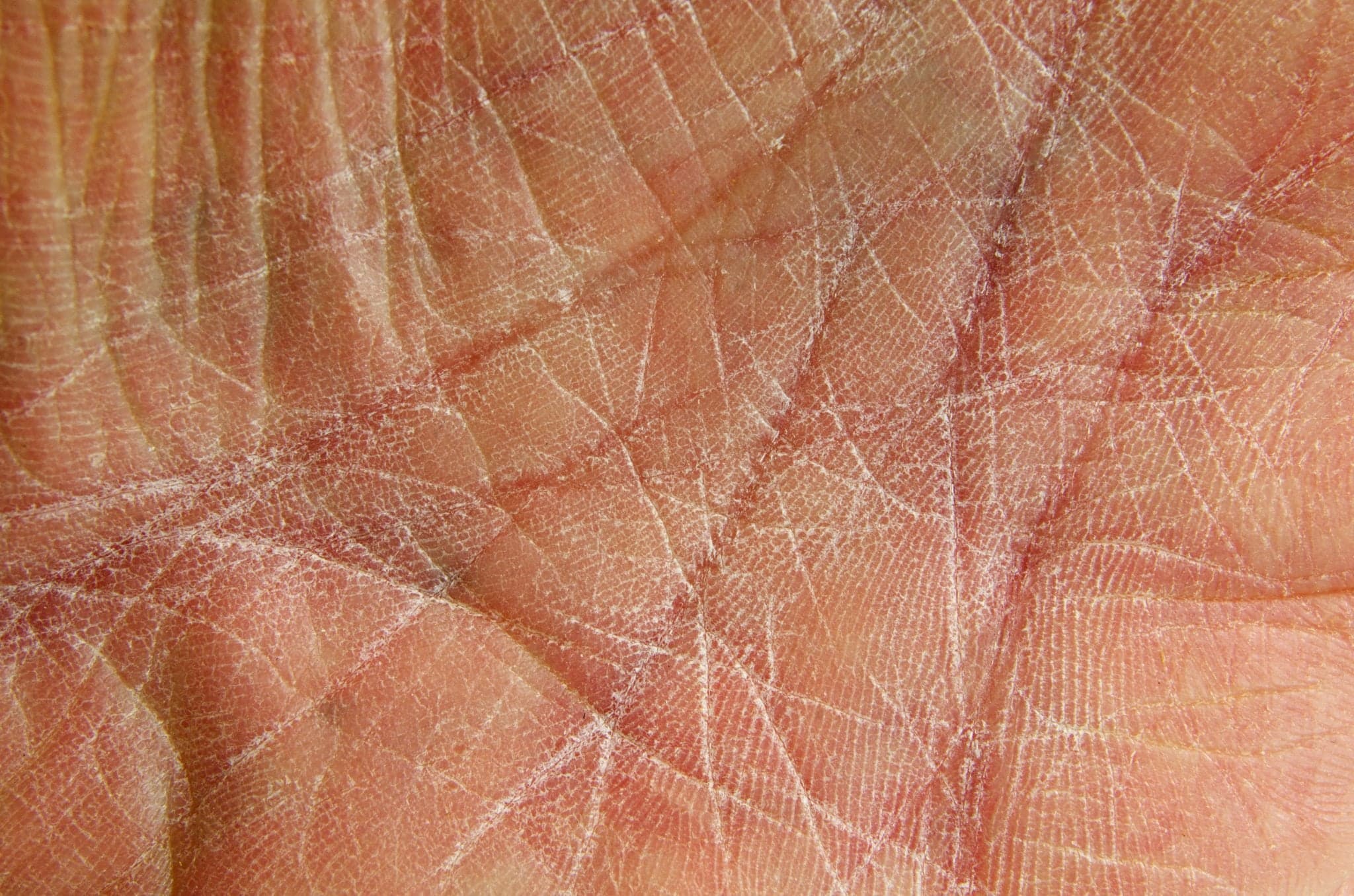
2018-10-03T09:37:12
What are the Risks of Uncontrolled Medical Conditions During Plastic Surgery?
- Plastic and Reconstructive Surgery
- Value-Based Care
August 29, 2017 | Plastic and Reconstructive Surgery

Abdominoplasty, also known as a tummy tuck, is an operation that helps remove excess skin and fat, and restores weakened or separated muscles in the abdomen. It can be beneficial for many individuals with excess fat or skin in the stomach area, including those who are of otherwise normal body weight and proportion.
A tummy tuck is not a substitute for weight loss or exercise, and if you are planning significant weight loss (or planning to become pregnant), you should consult with your surgeon before scheduling this procedure. Here’s a look at cases where tummy tuck surgery might be right for you, plus how to prepare, recover and manage any risks involved.
A few characteristics might make you a good candidate for an abdominoplasty:
There are a few things you may be asked to do in preparation for tummy tuck surgery:
If you’re having an outpatient abdominoplasty, arrange for someone to drive you to and from surgery and stay with you for at least the first night after the procedure.
Once you arrive at the surgery center, the steps will go as follows:
For the first couple weeks after surgery, it may be hard to fully view the results due to swelling and your potential inability to stand fully upright until internal healing has finished. After this period, you should be able to stand up fully and view a flatter, firmer abdominal contour that matches more appropriately with the rest of your body type and weight.
Recovery includes dressings or bandages for your incisions, and possibly elastic bandages or compression garments to support the abdomen as it heals. Tubes may be temporarily placed under the skin to drain any excess fluid. Additional instructions you may be given might include:
This is also the time to ask any questions you may have of your surgeon before being released.
You’ll have to sign consent forms before tummy tuck surgery to confirm that you understand the risks of the procedure. Risks may include:
Be sure to address these risks with your surgeon prior to surgery and ask any questions you may have about your individual risks. Speak to your doctor or plastic surgeon if you believe you might be a good candidate for abdominoplasty.
“Tummy Tuck.” American Society of Plastic Surgeons. https://www.plasticsurgery.org/cosmetic-procedures/tummy-tuck
“Tummy tuck.” The Mayo Clinic. http://www.mayoclinic.org/tests-procedures/tummy-tuck/home/ovc-20231128

WRITTEN BY:
The Live Better Team

2018-10-03T09:37:12

2017-09-19T11:00:59

2017-09-11T10:40:36

2017-09-05T09:30:10
This information is not intended to replace the advice of a medical professional. You should always consult your doctor before making decisions about your health.